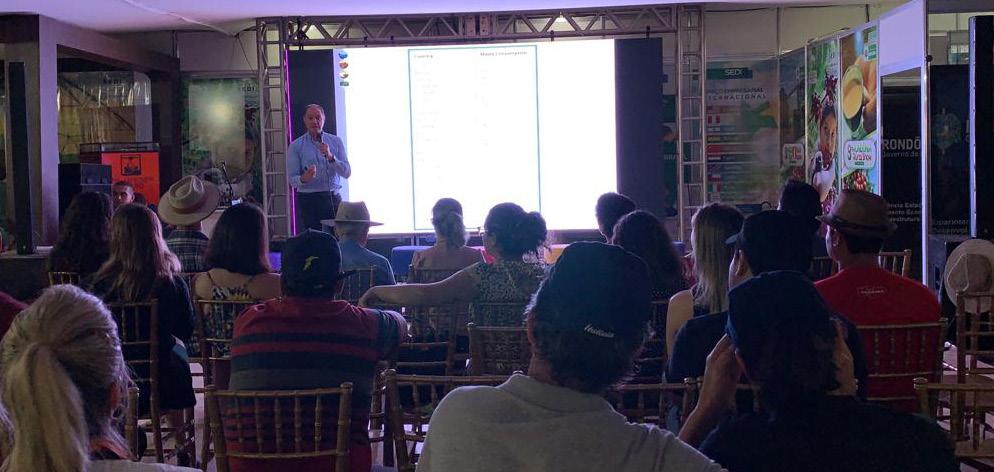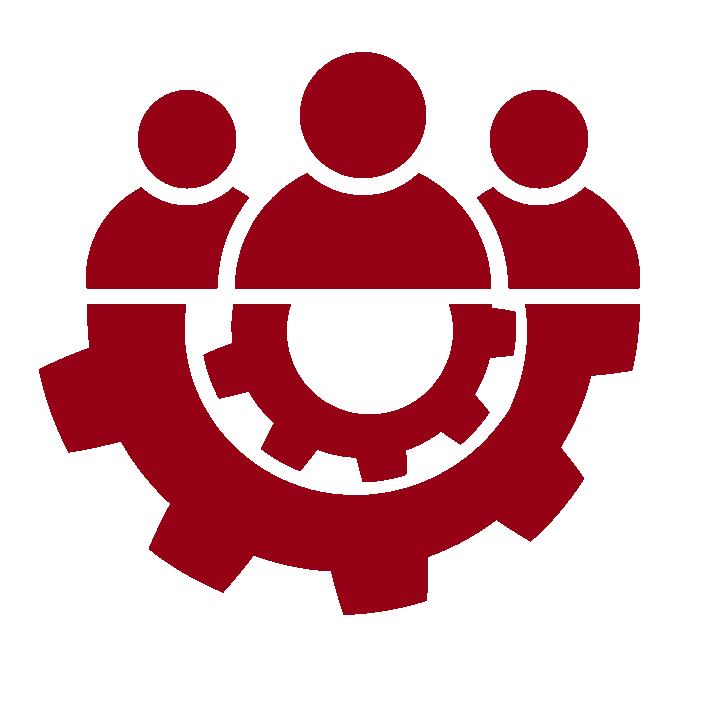
5 minute read
Brazil
Ricardo Latkani Business Development Manager: Brazil
MARKET OVERVIEW
Advertisement
With continuous shifts in the global trade landscape, countries from around the world are increasingly looking to Brazil as a partner ripe for trade and investment. Brazilian stocks reached an all-time high in the first half of the year, showing that the country is truly starting to make its mark as a key, competitive player on the global stage. With the country’s natural resources, innovative businesses, and creative mind set, Brazil has catapulted to the front of the international trade frontier, with three key exports in particular shaping Brazilian trade: machinery, sustainable agriculture, and aerospace.
The economy, however, lost steam in sequential terms in Q4 2019. Fixed investment fell to an over three-year low, while consumer spending softened. Shifting to Q1, although growth prospects had looked optimistic at the start of the year, intensifying headwinds—mainly from the coronavirus outbreak—could have derailed momentum. The epidemic’s impact on the Chinese economy, commodity markets, and global financial conditions appears set to curtail Brazilian economic activity in Q1, particularly in manufacturing, tourism, and trade. Moreover, the virus’ emergence in Brazil raises concerns that a full-on outbreak could cause the reform agenda to take a backseat. On 16 March, the government announced a USD 30 billion emergency bill to combat the fallout from the coronavirus. Measures include social assistance payouts, deferring corporate taxes and direct funds to mitigate the spread of the virus. That said, the government reaffirmed its commitment to its spending cap and noted that the package would be funded by cuts elsewhere in the budget. Over the last 12 months, Brazil’s foreign trade volumes decreased by 7.3%, resulting from factors such as structural adjustments in the trade relationship between the largest economies in the world, with increased global uncertainty and adverse developments in GDP growth in international trade. On the domestic front, there is an economic recovery taking place, with a clear impact on the country’s trade balance.
Foreign demand for Brazilian products last year was hit by the slowest global growth in a decade, uncertainty surrounding the U.S.-China trade dispute, and a wave of political and economic turmoil across Latin America.
OPPORTUNITIES
The Brazil to Walvis Bay international trade corridor offers significant opportunities for traders between the Latin American and southern African markets. The potential exists for Brazil to utilise Namibia as a hub for a myriad of products. The food sector, where Brazil is an export leader, is especially appealing as this sector relies on time-efficient logistics solutions. The following opportunities could be of interest:
White and yellow maize: There is a significant shortage of white maize in the region, particularly in the DRC market. The Brazilian office has since the end of 2018, contacted potential producers of white maize that are non Genetically Modified Organisms (GMOs) to offer the opportunity to export their product to the region via Walvis Bay. The DRC, in particular, is concerned about the shortage of this product and could, in regards to the actual situation, import yellow maize as a suitable replacement. Brazil is the top producer of yellow maize and could supply the DRC market with this product.
Rice: The consumption of rice in southern Africa is growing. Currently South Africa supplies the region with the product imported mainly from Asia. Brazil is a major producer of this commodity. By the SACU MERCOSUR trade agreement, the patty rice could be shipped from Brazil to Namibia with zero tax. The rice could then be polished and packaged in Namibia, before it is distributed to the regional markets. This value adding service will create jobs and could see Namibia become the hub of rice distribution in SADC.
Hake: Namibia as one of the top producers of hake, could export this product to the Brazil market, who is big importer of hake. Namibian Hake would need to be registered for human consumption in Brazil. Namibian fish exporters are encouraged to register their hake in Brazil to increase the export volumes from Namibia to Brazil. The Brazil office is ready to facilitate between Namibian exporters and Brazilian importers of the product.
Frozen products: Brazil is a top producer of frozen poultry, beef, pork and freshwater fish. Brazil currently supplies the southern African market via South Africa. Potentially, Namibia as a closer landing point for Brazilian products, could become a distribution hub for these frozen products.
Copper and salt: Brazil imports copper and salt from Chile, which takes more than 15 days to reach Brazil. The opportunity exists for Namibia, Zambia and the DRC to export these commodities to the Brazilian market.
Sanitiser: South Africa imports this product from Europeanddistributesittotheregion.Brazilproduces reasonably priced sanitiser. The opportunity exists to have a Brazilian company invest in setting up a manufacturing facility in Namibia along with a Namibian partner. The facility could then export the product to the region.
CHALLENGES
The Brazilian market provides immense opportunities as a trading partner with SADC. The challenge remains in finding a way to reduce high sea freight costs between Brazil and Namibia. The push to establish a direct call resumes. Continued efforts to build the connection between SADC and Brazilian importers and exporters is key. The WBCG’s Business Development offices are collaborating to improve these links in order to boost the south-tosouth connections.
The lack of a direct call impacts the sea freight rates and time-to-market of bulk agricultural products such as rice, maize and sugar exporters, which requires bulk vessels that offers this direct service between Brazil and Namibia. Walvis Bay further needs to erect silos to allow for the bulk
product to be offloaded directly into these facilities. Repackaging services could also be established in Walvis Bay.
After considerable engagement with potential clients in the Brazilian market, we have found that there is a need for vessels providing direct calls for containerised cargo. Our research has indicated that there is enough volumes to warrant a direct call for containerised cargo destined for the southern African market via the port of Walvis Bay. Discussions with major shipping lines have been positive, where they are conducting their own research with their clients about a direct call linking the ports of Itajai, Navegantes, Paranagua and Santos to Walvis Bay. To support this activity, the WBCG’s business development team are contacting importers in southern Africa to consolidate their volumes into the project.
WAY FORWARD
TheimportanceofthedirectcalltoNamibia’sLogistics Hub service offering cannot be understated. Direct calls for both bulk and container vessels, between Brazil and Walvis Bay is essential. As we continue to engage the shipping lines, exporters and importers, we are confident that this service will be realised.
The potential for cooperation with Brazilian companies to explore business and trade between South American and southern African countries remains. The Namibia Logistics Hub Project, developments at the Port of Walvis Bay and general opportunities in Namibia as a potential distribution hub into sub-Saharan Africa has caught the attention of Brazilian business. The WBCG endeavours to remain steadfast in its search for opportunities between Brazil and Namibia into the region, in order to ensure the accelarated development of our logistics sector.











